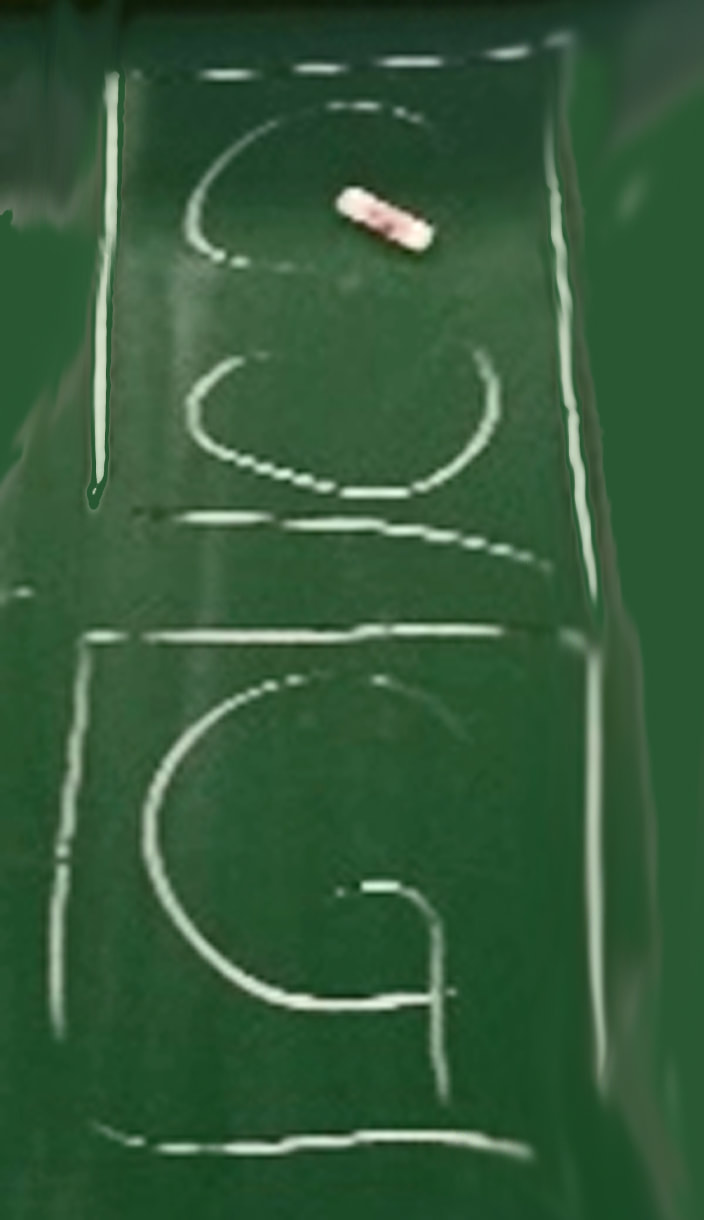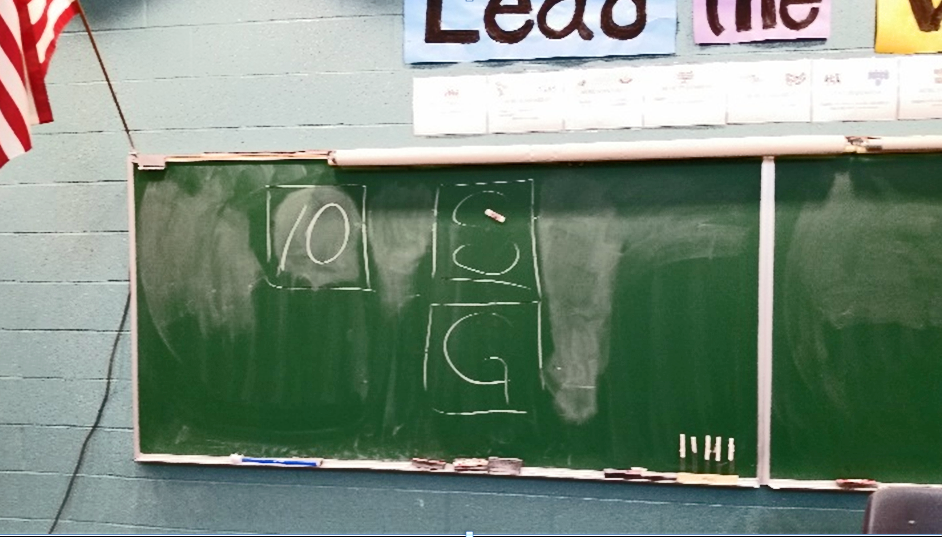Trigger warning: While I try to keep my writing grounded in common-sense basic terms, sometimes educational vernacular will be employed in this post.
The stop-and-go technique as I've outlined it in these pages is only a technique and a technique is only as good as its understanding, application, and mastery. Anyone who wants to drive a nail needs to have the proper technique of using a claw hammer. But use that claw hammer to clean a plate glass window and they will suddenly realize they have used the wrong tool for the wrong job with the wrong technique.
I've demonstrated the stop-and-go technique to several teachers as well as students from the University of Delaware with varying results. Sensing how to balance the best time increments is crucial for its success. It requires reading the temperature of the room and knowing when kids are approaching reached their time-on–task limit.
As musicians we've heard a great deal about tension and release. The effect of tension and release is something that we don't solely create as performers. Tension and release is also a compositional and improvisational technique. Teaching is understanding tension and release in light of how you implement content with students.
Dr. Jerry Petroff of the College of New Jersey has said that ninety percent of childhood behavior is communication. Our students are telling us something all the time. They are engaged, bored, distracted, confused, impatient, swamped, or caught up in their own personal family drama that we as teachers barely have a glimpse into, if at all. We need to communicate with OUR behavior that they are being seen, heard, valuesd, and acted upon.
I've observed hundreds of teachers in classrooms of children over my career. Most often what I see is teachers focused on their behavior expectations, telling students what they want to see in the moment. In turn, I see students responding by training teachers as to what's not negotiable , namely, what they're going to get away with no matter what the teacher says.
Instead of a paradigm where teachers tell students about their expectations and students respond with behaviors reflecting their intentions, my stop-and-go technique relies on a visual prompt. Kids see a magnet moved from an S to a G or a G to an S.
The stop-and-go technique as I've outlined it in these pages is only a technique and a technique is only as good as its understanding, application, and mastery. Anyone who wants to drive a nail needs to have the proper technique of using a claw hammer. But use that claw hammer to clean a plate glass window and they will suddenly realize they have used the wrong tool for the wrong job with the wrong technique.
I've demonstrated the stop-and-go technique to several teachers as well as students from the University of Delaware with varying results. Sensing how to balance the best time increments is crucial for its success. It requires reading the temperature of the room and knowing when kids are approaching reached their time-on–task limit.
As musicians we've heard a great deal about tension and release. The effect of tension and release is something that we don't solely create as performers. Tension and release is also a compositional and improvisational technique. Teaching is understanding tension and release in light of how you implement content with students.
Dr. Jerry Petroff of the College of New Jersey has said that ninety percent of childhood behavior is communication. Our students are telling us something all the time. They are engaged, bored, distracted, confused, impatient, swamped, or caught up in their own personal family drama that we as teachers barely have a glimpse into, if at all. We need to communicate with OUR behavior that they are being seen, heard, valuesd, and acted upon.
I've observed hundreds of teachers in classrooms of children over my career. Most often what I see is teachers focused on their behavior expectations, telling students what they want to see in the moment. In turn, I see students responding by training teachers as to what's not negotiable , namely, what they're going to get away with no matter what the teacher says.
Instead of a paradigm where teachers tell students about their expectations and students respond with behaviors reflecting their intentions, my stop-and-go technique relies on a visual prompt. Kids see a magnet moved from an S to a G or a G to an S.
The system is visual.
The only Pavlovian auditory prompt is the sound of the magnet smacking the chalk board. Kids are primarily responding to the visual.
When a teacher goes to stop time, they are silently creating the beginning of a content material arc. It's crucial that as soon as stop time begins, the teacher is taking in visual data about student engagement and mental exhaustion. Think of it much like reading a biorhythm in real time.
It is always better to go to G sooner than later. It doesn't help the pearl diver if you offer them an aqualung at 5 feet from the water surface if they ran out of air at 10 feet. They'll be DOA and so will the class if you don't gauging when to switch to G isn’t properly determined.
So much of this all has to do with the decline of attention spans in the point-and-click, swipe and touch society we’ve created, and the aspect of silent/still communication. When I first introduced Bach's “Well-Tempered Clavier, Book One, Prelude One” as a settling device at the beginning of my classes, kids could not get past thirty seconds without starting to squirm and exhibiting discomfort with the stillness of the activity. Gradually sensitizing them to the music and desensitizing them from whatever they were doing before they came into my room was essential. There was a zen aspect of clearing the mind, not starting things over but simply creating a blank slate where we all could breathe together again.
Just as the implementation of any new idea in the classroom does not originate from a place of perfection, stop-and-go will not start from a place of flawlessness. There will be a learning curve for both you and for the students. Think back to some of your best private lessons in college. The best ones were not where the teacher was engaged in the muscular arrangement of your embouchure or other physical aspects of playing. It was when the teacher was able to provide feedback of your performance in real time that drastically informed you in and you could take forward to future performances when the teacher wasn't there. That is the beauty – and necessity - of using a digital recorder to document your time teaching in front of your students. That digital data will be your after-hours teacher and, if you pay attention to it, you will observe unconscious behaviors that you need to modify or completely drop.
As someone who has composed quite a bit of music, the stop-and-go technique is the closest thing to composing student behavior and engagement in the classroom that I've ever experienced. It's where I've been able to best orchestrate my forty-five minute segments of my 7.5 hour day and create educational dynamics, swells, tensions, releases, appropriate emotion, codas, and standing ovations the kids give themselves.
We’ll wrap-up the case for implementing the stop-and-go technique in “The Ins-and-Outs of “Stop”s and “Go”s – Part Two - Love means Never Having To Say . . . “
See you there!
The only Pavlovian auditory prompt is the sound of the magnet smacking the chalk board. Kids are primarily responding to the visual.
When a teacher goes to stop time, they are silently creating the beginning of a content material arc. It's crucial that as soon as stop time begins, the teacher is taking in visual data about student engagement and mental exhaustion. Think of it much like reading a biorhythm in real time.
It is always better to go to G sooner than later. It doesn't help the pearl diver if you offer them an aqualung at 5 feet from the water surface if they ran out of air at 10 feet. They'll be DOA and so will the class if you don't gauging when to switch to G isn’t properly determined.
So much of this all has to do with the decline of attention spans in the point-and-click, swipe and touch society we’ve created, and the aspect of silent/still communication. When I first introduced Bach's “Well-Tempered Clavier, Book One, Prelude One” as a settling device at the beginning of my classes, kids could not get past thirty seconds without starting to squirm and exhibiting discomfort with the stillness of the activity. Gradually sensitizing them to the music and desensitizing them from whatever they were doing before they came into my room was essential. There was a zen aspect of clearing the mind, not starting things over but simply creating a blank slate where we all could breathe together again.
Just as the implementation of any new idea in the classroom does not originate from a place of perfection, stop-and-go will not start from a place of flawlessness. There will be a learning curve for both you and for the students. Think back to some of your best private lessons in college. The best ones were not where the teacher was engaged in the muscular arrangement of your embouchure or other physical aspects of playing. It was when the teacher was able to provide feedback of your performance in real time that drastically informed you in and you could take forward to future performances when the teacher wasn't there. That is the beauty – and necessity - of using a digital recorder to document your time teaching in front of your students. That digital data will be your after-hours teacher and, if you pay attention to it, you will observe unconscious behaviors that you need to modify or completely drop.
As someone who has composed quite a bit of music, the stop-and-go technique is the closest thing to composing student behavior and engagement in the classroom that I've ever experienced. It's where I've been able to best orchestrate my forty-five minute segments of my 7.5 hour day and create educational dynamics, swells, tensions, releases, appropriate emotion, codas, and standing ovations the kids give themselves.
We’ll wrap-up the case for implementing the stop-and-go technique in “The Ins-and-Outs of “Stop”s and “Go”s – Part Two - Love means Never Having To Say . . . “
See you there!


 RSS Feed
RSS Feed